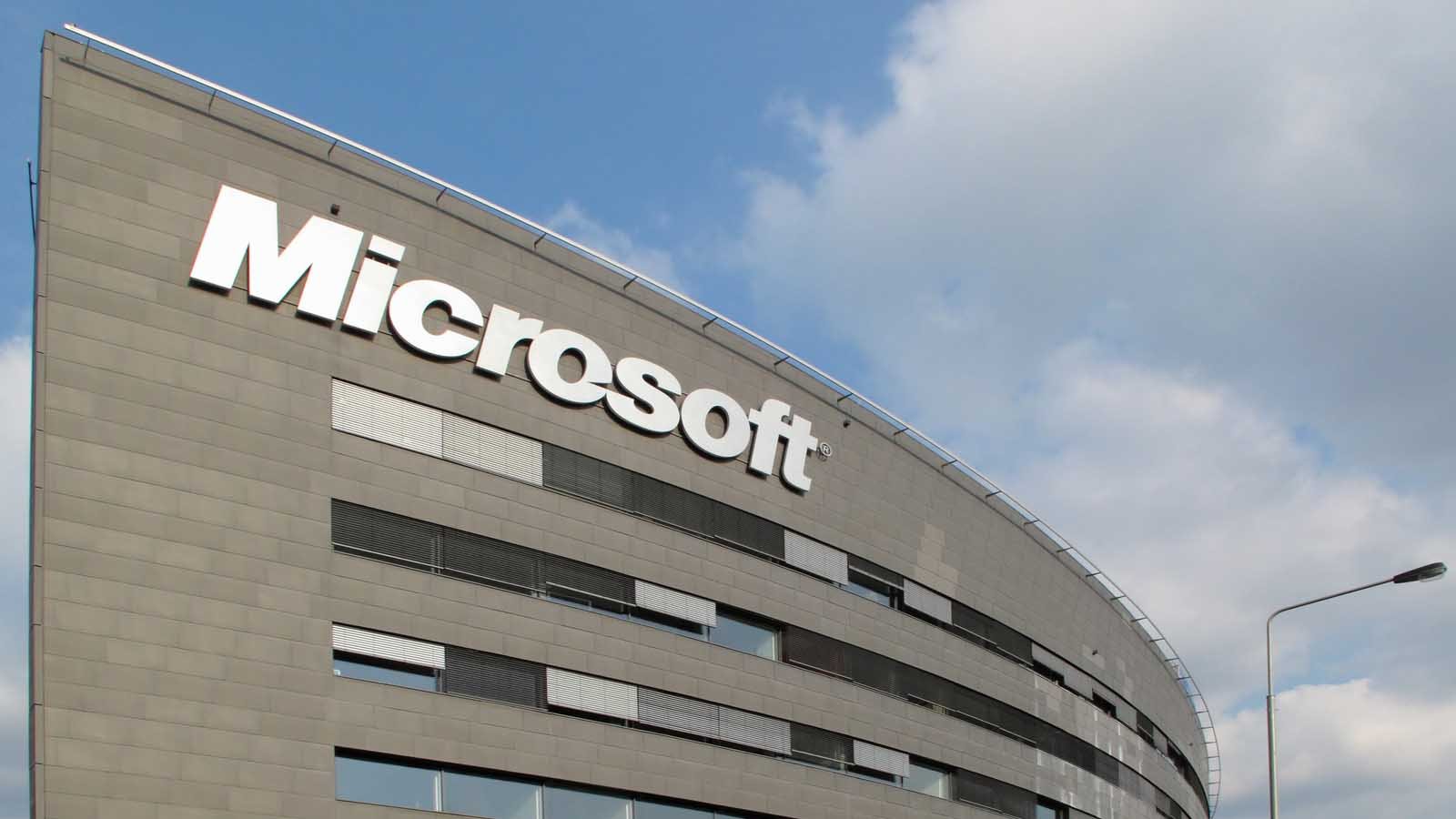Microsoft (NASDAQ:MSFT) stock is the ultimate anti-recession stock. The company produces so much cash flow and has so much cash that there is no concern about the dividend.

In fact, there is almost no concern that Microsoft will not continue its share buybacks, on top of paying the regular dividend. Let’s look at the simple numbers.
Microsoft’s Free Cash Flow Covers Its Dividends and More
In the quarter ending Dec. 31, 2019, Microsoft produced $10.68 billion in cash flow from operations. After deducting $3.545 billion in capex spending, free cash flow (FCF) was $7.135 billion.
This is more than enough to pay the quarterly 51 cents per share dividend that costs $3.886 billion each quarter. This is 52.8% of the FCF it generates.
In other words, going forward, even if Microsoft generates 20% or 30% less FCF, there would be no concern that the dividend would not be paid. For example, with a 30% cut in FCF to $5 billion, there would still be almost $1.2 billion in excess free cash flow after the dividend is paid.
This brings us to the level of buybacks that Microsoft will pursue. As I have shown, there is still room left over in Microsoft’s excess FCF to continue its buyback program. Last quarter Microsoft spent $5.2 billion on buybacks. This means that it actually spent more than its FCF on both dividends and buybacks.
I don’t believe this will likely occur this quarter, but it is possible. That is because Microsoft has $134.2 billion in cash and securities. So it can afford to spend the same amount on buybacks.
Quality is the Vaccine for the Financial Contagion
A very thoughtful money manager recently discussed an interesting study about companies that thrive in recessions. Lauren Templeton, of Templeton and Phillips Management, recently sent out an email to interested parties quoting a Harvard Business Review study, “How to Survive a Recession and Thrive Afterward.”
Templeton, a descendant of famed investor Sir John Templeton, highlights the article’s point that:
…while 17% of the firms in those downturns disappeared to bankruptcy or buyouts, there was another 9% that outperformed their competitors by at least 10% in sales and profit growth.”
She points out that a similar study by Bain showed that the top 10% of companies in the latest 2008 Great Recession saw their earnings climb. She also refers to a recent Economist article that in the last three recessions the top-quartile companies returned +6% while the bottom quartile returned -44%.
Templeton says in her client letter that many corporations today are heavily indebted. She is selectively picking stocks that are the opposite of that for her clients.
Microsoft Stock Is A Quality Stock
Microsoft is a typical example of one of those companies likely to survive and thrive during the coming recession. Its high-quality earnings and cash flow will allow it to continue its dividends, buybacks and likely some acquisitions.
For example, on March 26, Microsoft provided an update on its upcoming quarterly earnings. The bottom line was that the company did not change its previous guidance.
Only a high-quality company that has a lot of earnings power can do that kind of thing. People and corporations are still buying Microsoft’s products.
What To Do Next?
Microsoft will likely produce its Q1 earnings sometime by the end of this month. Look for the company to show significant amounts of earnings and free cash flow.
There are only a few U.S. companies that will be able to do this. In effect, Microsoft is a survivor and thrived. I suspect, as a result, that Microsoft stock will rebound much quicker than the average stock in the market. Stick with this winner.
As of this writing, Mark Hake, CFA does not hold a position in any of the aforementioned securities. Mark Hake runs the Total Yield Value Guide which you can review here.
